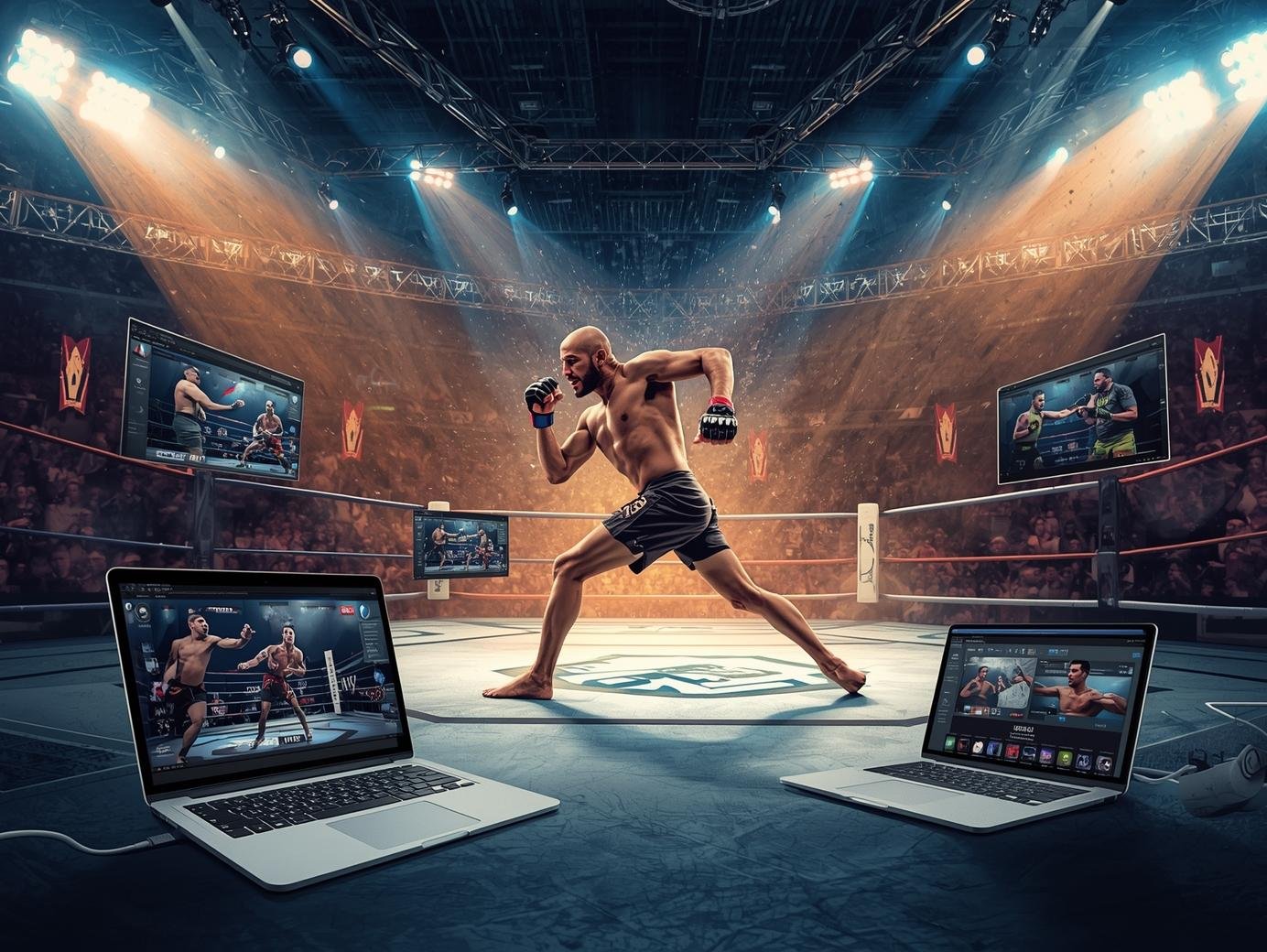Over the past few years, ceramic film has emerged as one of the latest materials in the enhancement of protecting power, energy efficiency and the beauty of different industries. Ceramic film is available in automotive windows, and in residential and commercial buildings, the film offers special benefits exceeding other tinting or coating technologies. Using research combined with personal experience, this paper will discuss the nature of ceramic film, how ceramic film operates, and why it is a favorite among those who are willing to get long-term value.
What is Ceramic Film?
Ceramic film is simply a form of window film that is developed using nanotechnology but involves the use of ceramic particles in the film. Ceramic-based films are non-metallic and non-conductive unlike the traditional dyed and metallic films, thus do not disrupt electronic devices, GPS or cell phone signals. These films contain nano-ceramic material which can absorb large volumes of heat, infrared radiations and ultraviolet rays without affecting the appearance and visibility of the building.
The biggest change that I felt when I initially put ceramic film on my vehicle was the level of glare and heat reduction even when it was early summer. Ceramic film was not subject to decay as the conventional film used to fade or bubble with time, this film lasted and stayed clear and functional over years.
The major benefits of Ceramic Film are as follows
Ceramic film has more than a modern look which makes it beneficial. Its effectiveness is supported by scientific test and practical application in several areas:
Superior Heat Rejection
Rejection of infrared radiation up to 99 percent comes out to be one of the most outstanding characteristics of ceramic film. This will greatly reduce the temperatures of the indoor and vehicle cabin, thus eliminating the use of air conditioning systems and also leads to overall energy efficiency.
UV Protection
Exposure to UV rays in the long run may damage skin and bleach interior furnishings. Ceramic film is also a protective layer that repels almost all destructive UV rays, and this aspect has seen it not only an alleviation factor but also an investment on health.
Enhanced Visibility
Ceramic film is very clear unlike the darker-tinted films that deter visibility. This comes in particularly handy in driving during the night, at which time safety rests on clear vision.
Durability and Longevity
Its advanced nano-ceramic structure allows ceramic film not to fade, peel, or bubble easily. My personal experience with the installation proved that despite all these years of being exposed to extreme weather conditions, the film did not deteriorate and remained of the initial quality.
Signal-Friendly Performance
Since ceramic films have no metallic elements, it does not interfere with signals of smartphones, GPS or radios as it is usually the case with metallic window films.
Uses of the Ceramic Film.
Ceramic film can be used in various industries that have diverse needs, due to the versatility of this film.
Automotive Industry
Joining the list of the biggest adopters of ceramic film are car owners. It offers drivers cooler cabins, better privacy and a good look and feel in addition to shielding passengers against harmful solar exposure.
Residential Use
Ceramic window films are used by homeowners as an energy saving tool because they minimize heat gain in summer and capture heat in winter. This does not only save utility but also provides some extra comfort inside the house.
Commercial Buildings
Ceramic films are used in office areas and commercial facilities to control energy use and enhance employee performance, reducing glare and enhancing a more homogenous indoor climate.
Educational Institutions
Ceramic films are frequently used in universities and schools in classrooms, libraries, and laboratories where low temperatures and low levels of glare are highly sought-after to be able to focus and feel comfortable.
Comparison of Ceramic Film to other window films
Ceramic film is superior to the conventional dyed or metallic film in a number of ways. The use of dyed films primarily minimizes glare, but is not durable or shields UV. Metallic films are superior in heat rejection and disrupt electronic signals, and can be aesthetically disruptive by a reflective surface. On the other hand, ceramic film is a more reasonable trade-off, an excellent heat rejection, UV protection and a clear film that does not affect electronic connectivity.
My Ceramic Film Personal Experience
The first time I considered the possibility of installing ceramic film, I was doubtful about whether the extra price was justified in relation to regular tinting. But with installation the difference was instantaneous. My car was significantly less hot inside, and the desire to turn on the air conditioning decreased significantly. The initial investment was paid off in the long run through fuel savings and lessons on the cooling system. Also, it lasted long and I had to replace the ceramic film infrequently as some of the cheaper ones I had previously used.
Conclusion
Ceramic film is not a luxury item, but a useful tool for the comfort, safety and efficiency of cars, homes and business areas. Its high technology offers longer performance which beats the conventional window films. Personally, it has been observed that the initial investment is recovered in the long term in terms of making energy savings, more comfortable, and durability. To students and professionals or anyone in need of quality and scientifically proven solutions with practical application, ceramic film is one of the most worthy innovations in material applications in the modern world.
FAQs about Ceramic Film
Is the ceramic film worth the price as compared to conventional tint?
Yes, cera mic film is costly initially, but it has better heat rejection, UV, and longevity resulting in a long term investment.
Were there any effects of ceramic film on nighttime visibility?
No, cera mic film is created to keep the visibility even in low-light situations when darker colors can decrease visibility.
Is it possible to use ceramic film on existing windows?
Cera mic film can be retrofitted to the majority of car and building glass, by professional installers, Yes.
What is the life span of the ceramic film?
Cera mic film can have a life span of over ten years, with due installation and maintenance, it is not fading, bubbling, or peeling.
Are ceramic films really energy saving?
Absolutely. Cera mic film allows the prevention of air conditioning by resisting infrared heat and UV rays, and this way of avoiding air conditioning directly decreases the use of electricity.




